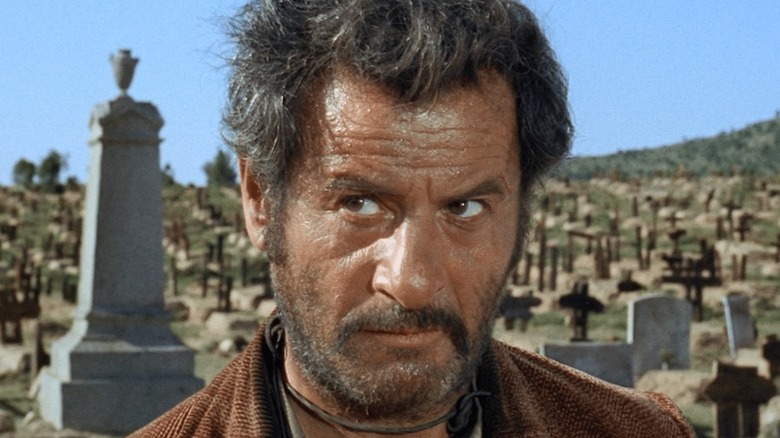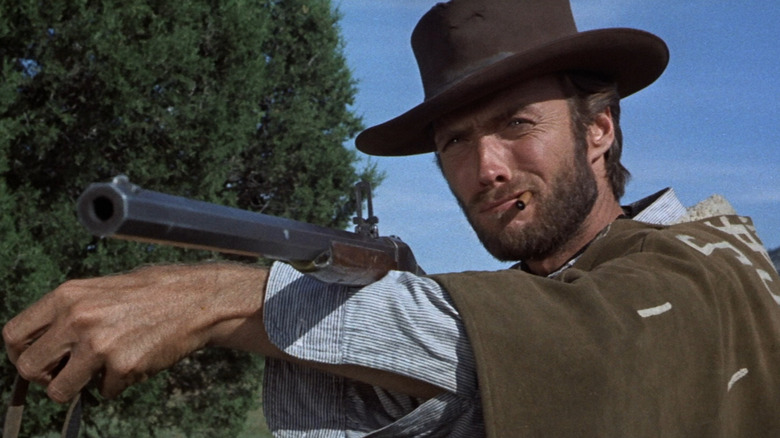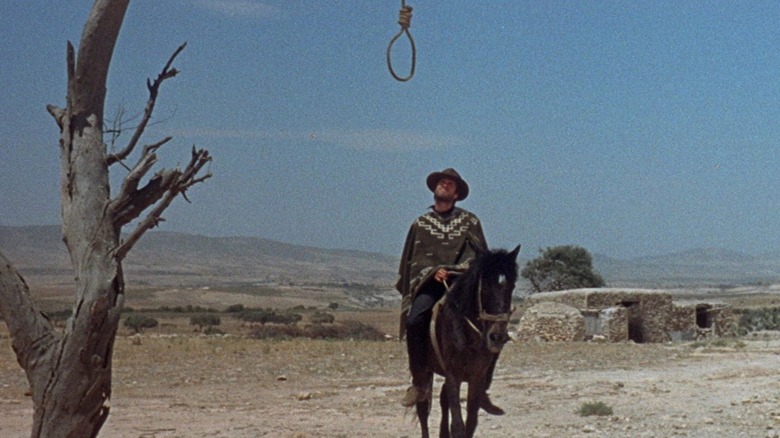The gold rush of 1849 led thousands of people to flee the eastern part of the United States and head west to seek easy money, dug out of the ground. Many lands that the Americans infiltrated were not supervised by a largely recognized law, and the booming cities that have in a hurry had to invent their infrastructure as and when. A brand new world has formed: the West West.
American fiction writers told stories of the “large American border” in the 1820s (some bibliophiles can be familiar with the works of James Fenimore Cooper), but the Western literary genre began to explode in the late 1850s and 1860. Pulp novels began to proliferate across the country, and the “Penny Dreadfuls” have invented many icons and external signs that we see in westerns to date: gunmen, bonuse hunters, legislators, etc. Real figures have often become fictitious – and legendary – by these trash books. Many stories of said Western also went to the stage in pistol shows.
Some of the first films pulled western dough traditions, and the genre made a happy marriage to the new medium. One of the first westerns, the 90 -second short film “Annie Oakley”, was released in 1894. For several decades, Westerners were the ascending genre in Hollywood, because the filmmakers could transport camera equipment to the deserts of the California and shoot cheap. They were mythical and inexpensive at the same time.
In the late 1950s, westerns finally began to decline in popularity In the United States, but at that time, a new generation of filmmakers grew up by them. In particular, several Italian directors hung on the genre and reinterpreted them in a new Italian style clearly. The new Italian westerns of the 1960s were called “spaghetti westerns”, named after well -known Italian pasta.
Who invented the term “spaghetti western”?
So, no, for those who have always been a little disconcerted by the term, the “spaghetti westerns” contain any scene of characters eating spaghetti. The term only took a stereotype on Italians – that they have a lot of spaghetti in their diet – and apply it to the films made by Italian directors.
The oldest and most famous spaghetti westerns were led by Sergio Leone, who produced “A Fistful of Dollars” in 1964. With Clint Eastwood in the main role, the film It was a shameless scam of the Samurai film by Akira Kurosawa “Yojimbo”, “ And the Japanese director actually brought to justice for the question (Kurosawa won). “A Fistful of Dollars” was however a worldwide success, and he gave birth to a new Western wave for a better part of the decade. Leone himself would transform “fistful” into an unofficial trilogy with the follow-up of the Eastwood “for a few more dollars” in 1965 and “The Good, The Bad and The Ugly” in 1966. Leone also directed the epic “Once once” once for a moment in the west “in 1968, and divided it in a funny way” Duck, You Sucker! “In 1971.
According to certain special characteristics of the “fistful of dollars” Blu-ray, the term “spaghetti western” was invented by a Spanish cinema critic named Alfonso Sánchez, which twinned the name of Italian cuisine with an upward cinematographic trend. The term has remained, and we have been using it since. It should be noted that many Italian directors did not like the term, the reducing and somewhat offensive.
Many notable Italian westerns have been made via Cinecittà studios, based in Rome, but films called spaghetti westerns were filmed throughout Europe, including in Spain and Greece, and were funded by various international studios. Many have been killed in the deserts of Almería and Tabernas of Spain. So everything that Americans do not call like a spaghetti western are necessarily Italian.
What are the characteristics of a spaghetti western?
What does it mean to be a spaghetti western? As dictated by Leone’s aesthetic choices with “A Fistful of Dollars”, spaghetti westerns are higher and more stylized versions of American westerns from the 1940s. Colors tend to be more saturated and publishing more quickly. The camera angles are widely wide, the nose of a pistol. The actors are transformed into caricatures of Western archetypes. As we can see on Clint Eastwood’s performance in Leone’s films, heroes tended to be taciturn anti-heroes. There are no traditional “white hats” in spaghetti westerns, because the protagonists are not quite good. Regarding their state of mind, spaghetti westerns have more in common with the film Noir than with traditional American westerns.
The public also liked spaghetti westerns because of their violence. The Hays code – established in the 1930s – became more and more moribund, and the European directors, who were never indebted for the code in the first place, finally began to ignore it seriously. Suddenly, deaths were much more painful, brutal and dramatic.
The external signs and the aesthetics of the spaghetti westerns largely proliferated throughout the 1960s and 1970s, effectively paralyzing the ancient tropes of the before 1950s entirely. The other notable films of the genre include the film by Sergio Corbucci in 1966 “Django” with Franco Nero. “Django” has generated many suites and scams, some of which with Nero. Some of the Italian westerns have had fun titles, such as “Today We Kill … Tomman we die!” In 1966, “Blood for a Silver Dollar” of 1965, “Death Rides A Horse” of 1967, and “God Fording .. of the same year. I don’t know!”
The Spaghetti Western also began to decline in popularity and died in the late 1970s or in the early 1980s. No trend can last forever.
In case you could not say, some modern directors love spaghetti westerns and have reprovisited their attitudes and aesthetics for a modern audience. Takashi Miike made “Sukiyaki Western Django” in 2007, and Quentin Tarantino made “Django Unchained” in 2012. The spirit of violence, we can see, lives happily.






